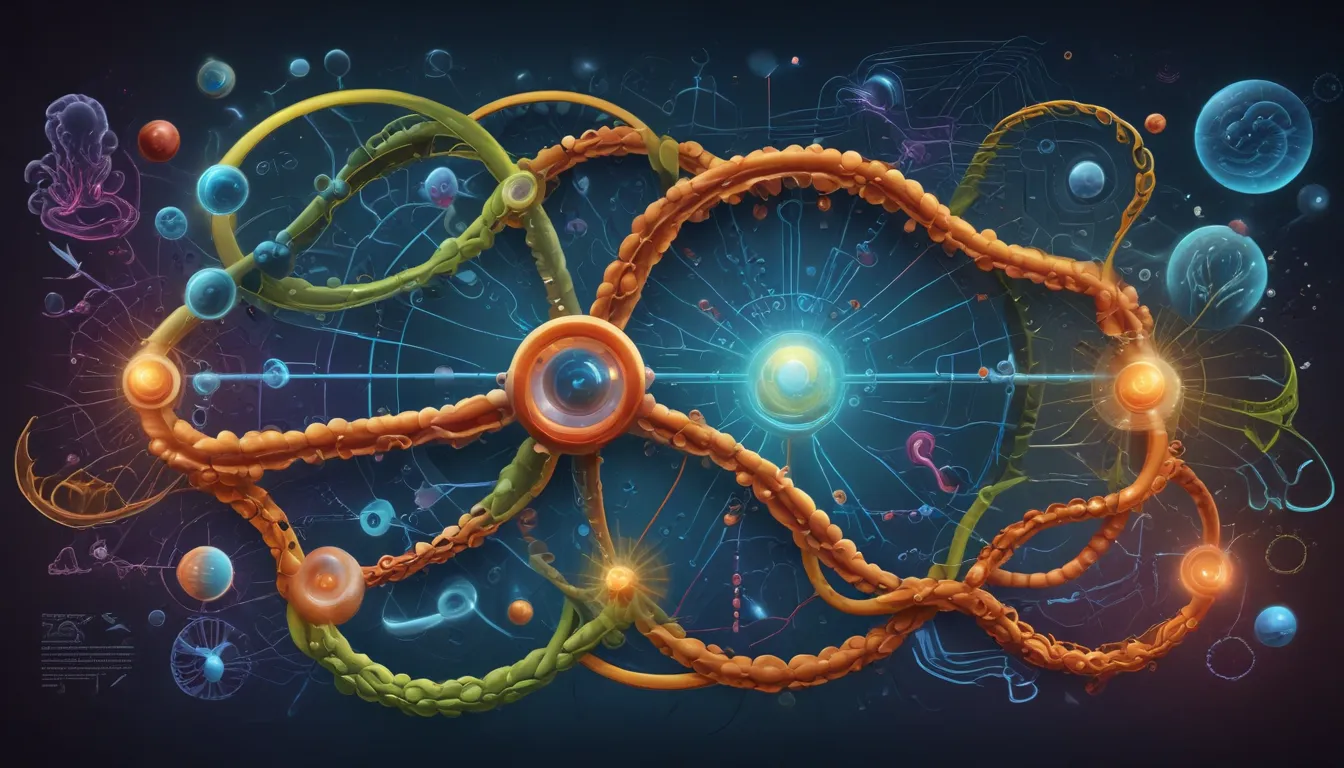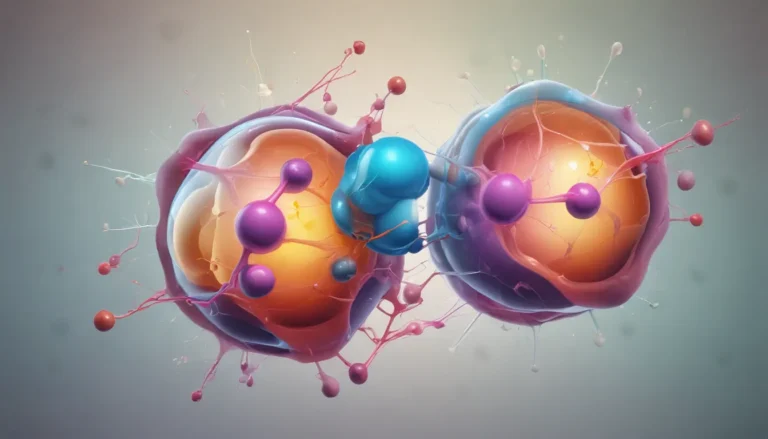A Note About Images: The images used in our articles are for illustration purposes only and may not exactly match the content. They are meant to engage readers, but the text should be relied upon for accurate information.
Welcome to the captivating world of the Electron Transport Chain (ETC)! This essential process, nestled within the mitochondria of eukaryotic cells, serves as a powerhouse in generating energy through oxidative phosphorylation. Join us on a journey to unravel the extraordinary complexities and significance of the ETC as we explore 20 mind-blowing facts that showcase its structure, functioning, and pivotal role in sustaining life itself.
Uncovering the Inner Workings of the ETC
The Electron Transport Chain is akin to a bustling power plant inside our cells, tirelessly generating energy (ATP) to fuel all our activities. This intricate, yet fascinating process is a cornerstone of cellular function, revealing a realm of endless possibilities for scientists and researchers alike. By delving into the depths of the ETC, we unlock the secrets to optimizing our cellular powerhouses and enhancing our overall health.
Embarking on a Molecular Expedition
Let’s embark on an enlightening voyage through the inner mitochondrial membrane, where the ETC orchestrates its magic. Nestled within the folds of cristae, this vital process maximizes surface area to accommodate the protein complexes responsible for electron transfer, ensuring seamless energy production.
Unveiling the Complexity and Significance of ETC
-
Final Stage of Aerobic Respiration: The ETC serves as the culminating stage of aerobic respiration, following glycolysis and the Krebs cycle. This is where the lion’s share of ATP is generated in the presence of oxygen.
-
Essence of Electron Donation: NADH and FADH2 emerge as crucial players, shuttling electrons to the ETC post-glycolysis and the Krebs cycle. These molecules kickstart the process of energy production, vital for cellular functions.
-
The Dance of Protein Complexes: Complex I, II, III, and IV form the backbone of the ETC, facilitating smooth electron transfer. These complexes operate in tandem, ensuring an efficient flow of electrons throughout the chain.
Unraveling ETC’s Players and Functions
-
Ubiquinone (CoQ): Serving as a versatile electron carrier, Ubiquinone shuttles electrons between Complexes I and III, streamlining electron flow.
-
Cytochrome c: An indispensable protein, Cytochrome c orchestrates electron transfer from Complex III to Complex IV, maintaining the vital flow of electrons through the chain.
-
Oxygen as the Finale: The ETC crescendos with electron transfer to oxygen, which harmoniously combines with protons to form water. This final act is pivotal for ATP generation.
Harmonizing Proton Gradient and ATP Production
-
Electrochemical Symphony: As electrons traverse the ETC, protons are actively pumped across the inner mitochondrial membrane, crafting a proton gradient.
-
ATP Synthase: Akin to a maestro, ATP synthase (Complex V) harnesses the energy from the proton gradient to orchestrate the production of ATP, the cellular energy currency.
Unveiling the Intricacies of the ETC
As we peer deeper into the wonders of the Electron Transport Chain, a tapestry of intriguing facts awaits us, shedding light on its multifaceted nature and critical functions within our biology.
Conductors and Disruptors of ETC Efficiency
-
Poisonous Medleys: Substances like cyanide and carbon monoxide can foil the ETC’s rhythm by binding to its components, disrupting electron transfer.
-
Perturbing the Harmony: Antibiotics such as tetracycline and streptomycin can throw the ETC’s performance off balance, leading to adverse effects on cellular respiration.
Unraveling the Mysteries of ETC Dysfunction
-
Gateway to Diseases: Malfunctioning ETC can pave the way for mitochondrial diseases like Leigh syndrome and Leber’s hereditary optic neuropathy, wreaking havoc on cellular vitality.
-
Age-Related Harmonies: Accumulated damage to the ETC over time can contribute to cellular aging and age-related decline in mitochondrial function.
Probing ETC’s Role in Cellular Symphony
-
Apoptosis Maestro: The ETC orchestrates programmed cell death (apoptosis), regulating the release of mitochondrial factors that initiate this intricate process.
-
ROS – The Reactive Ensemble: The ETC’s electron leakage can spawn reactive oxygen species (ROS), potent molecules capable of causing cellular damage if left unchecked.
Delving Deeper into the ETC’s Frontiers
-
From Prokaryotes to Eukaryotes: While ETC finds its abode primarily in mitochondria of eukaryotes, prokaryotes house their electron transport systems within the cell membrane.
-
Reverse Gears of ETC: Under certain circumstances, the ETC can traverse in reverse, allowing for the creation of an electrochemical gradient.
Peering into the ETC’s Future Horizons
-
Regulation by Energy Demand: The ETC rhythm is attuned to energy demands; if ATP production falls short, the rate of ETC can be upregulated to meet the cell’s needs.
-
Innovation and Healing: ETC research holds promise in understanding diseases linked to energy metabolism, paving the way for novel therapeutic interventions.
Glimpses into the Limitless Potential of ETC Research
The Electron Transport Chain embodies the epitome of scientific intrigue and biological marvel, unveiling endless revelations about energy production and cellular vitality. By immersing ourselves in the intricate web of ETC’s complexities, we unearth valuable insights that inspire medical breakthroughs and enhance our understanding of life’s fundamental processes.
Unveiling the Mysteries of ETC: A Journey of Discovery
Join us as we embark on a journey through the electrifying world of the Electron Transport Chain, where each discovery unveils a new facet of life’s energy-generating machinery. Embrace the wonders of ETC as we unravel its secrets, navigating through the intricate pathways that uphold the very essence of our existence. Let us continue to marvel at the majesty of the electron transport chain and its unparalleled role in sustaining life as we know it.






